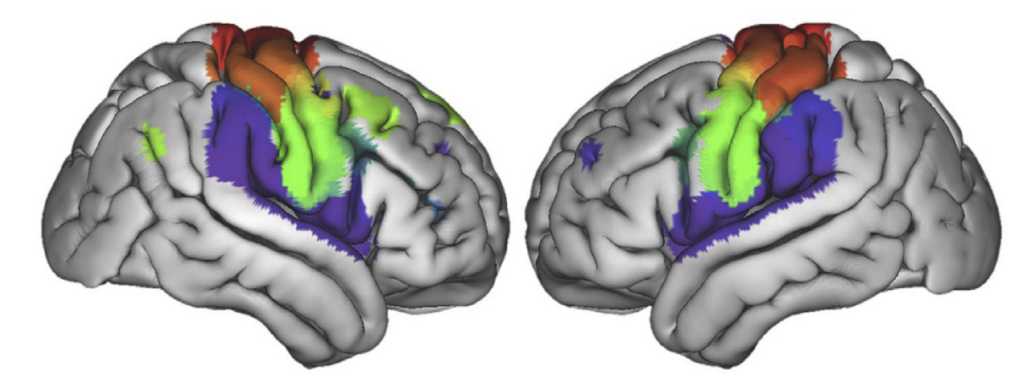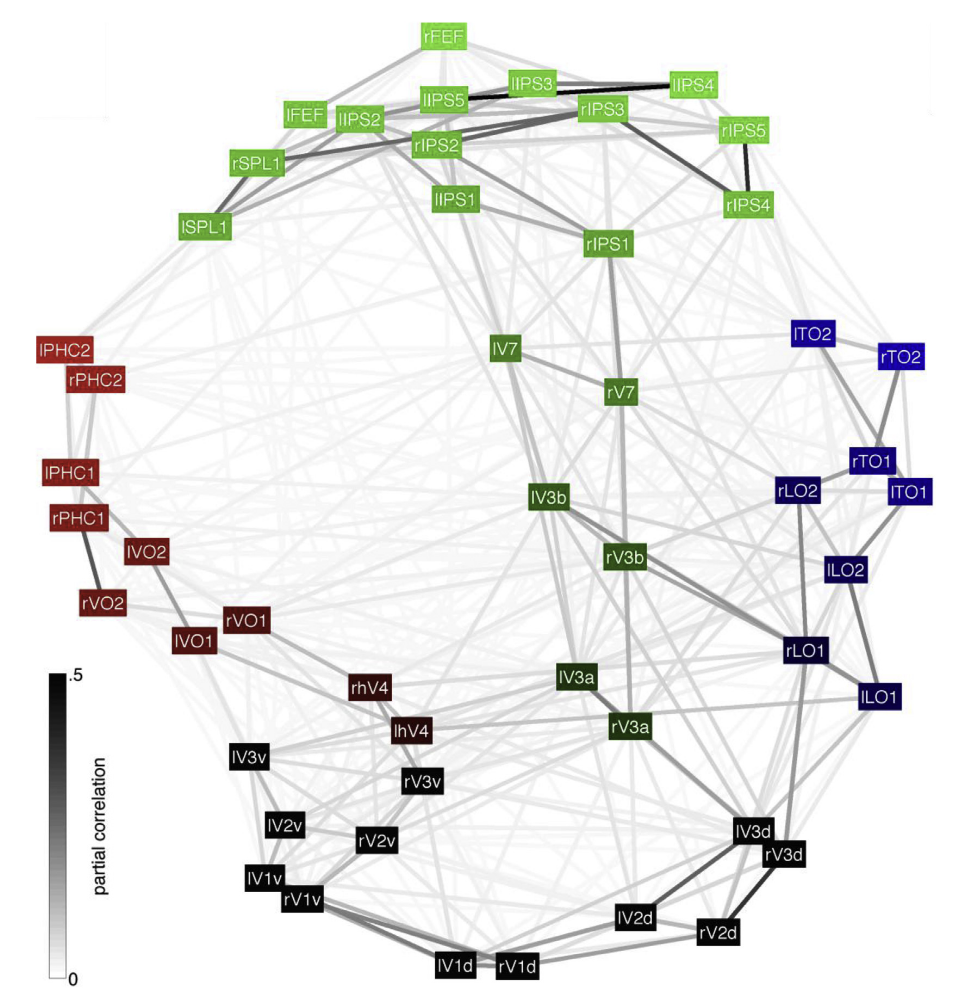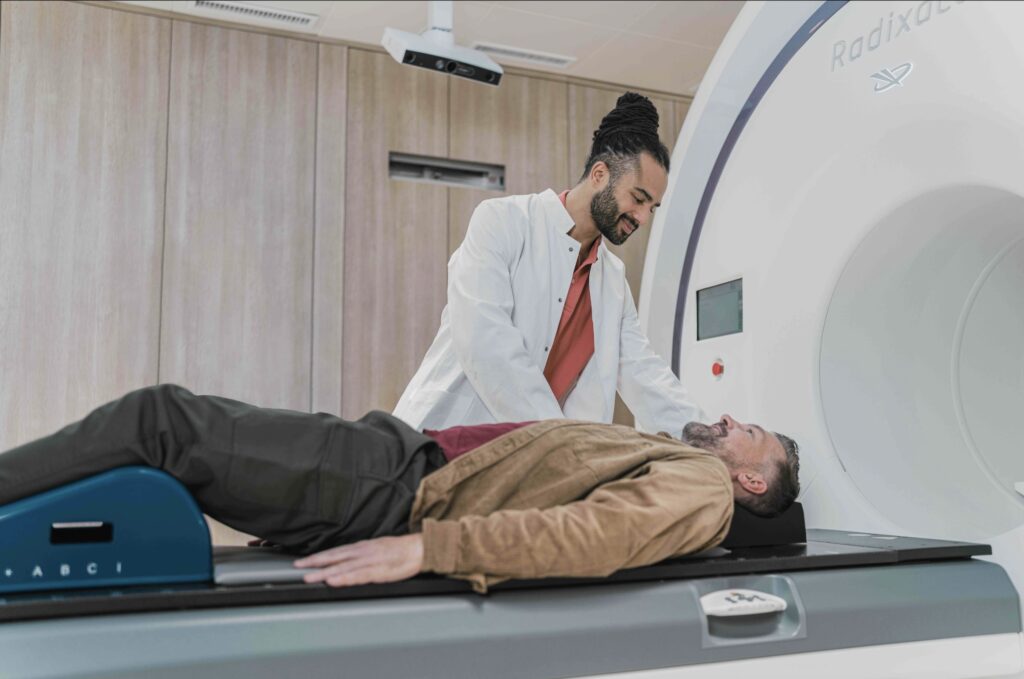This post is also available in Dutch.
In previous blogs, we explored several types of MRI: structural imaging, diffusion imaging, magnetic resonance spectroscopy, and functional MRI (fMRI). This post focuses on a unique and powerful type of fMRI: resting-state fMRI.
In an earlier post, Richard explained how fMRI can be used to study brain activity. Typically, this involves comparing brain responses during two tasks. For example, someone in an MRI scanner might see a picture of an apple, then a pear. By comparing the brain signals from each, researchers can learn how the brain reacts to different stimuli. This is known as task-based fMRI, as it focuses on responses to specific tasks.
But interestingly, the brain remains active even when we’re not doing anything. Imagine zoning out at your desk – your brain is still sending signals, known as “random fluctuations.” MRI scanners can detect these via BOLD signals, which track changes in blood oxygen linked to brain activity. Resting-state fMRI was developed to measure this activity when someone is simply awake and relaxed – not asleep or under anaesthesia.

Fig. 1 topographic organization in the primary motor cortex by resting-state fMRI analysis (source)
Revealing the Brain’s Functional Connections via Resting-state fMRI
One of the biggest advantages of resting-state fMRI is that it helps scientists study the brain’s functional network—how different regions work together.
What exactly is a functional network? You might’ve heard the phrase “Neurons that fire together wire together.” Coined by psychologist Donald Hebb in 1949, this idea suggests that brain areas active at the same time are likely connected and cooperating. In task-based fMRI, we see which brain areas are activate, but it’s hard to tell which are receiving, processing, or passing on information. All we really see is a pattern linked to the task. (How exactly this works is a topic for another time!)
Studying the brain is even trickier because it’s likely hierarchically organized—from simple functions to complex ones like empathy, creativity, or sarcasm. Designing tasks that can target these higher-level processes is extremely difficult. That’s why resting-state fMRI is so valuable. It collects brain activity without requiring a task, letting researchers observe how different areas “talk” to each other on their own. These natural patterns of communication are called functional connectivity.
Studying functional connectivity gives us insight into how the brain is organized – not just physically, but in terms of how it works in real time. This is different from traditional brain anatomy, which was largely based on post-mortem studies. If we can fully map this functional network, it could lead to a Nobel-level breakthrough – and bring us closer to unlocking the brain’s greatest mysteries.

Fig. 2 the topological organisation of the human cortical visual connectome by resting-state fMRI data analysis (source)
Although primary sensory areas—like those for vision or touch—are usually studied with task-based fMRI, resting-state fMRI can also provide insights into these regions. For instance, researchers use it to explore how blind people “see” (further reading paper 1; further reading paper 2).
As exciting as it is, analysing resting-state fMRI is incredibly complex. It faces challenges from physics and physiology (the BOLD signal), mathematics (handling massive, high-dimensional data), biology (understanding brain systems), and psychology and medicine (interpreting what it all means). It remains a truly multidisciplinary, fascinating, and fast-evolving field in neuroscience.
Author: Xuanwei
Buddy: Elena
Editor: Siddharth
Translator: Wieger
Editor translation: Natalie
Cover photo by Accuray on Unsplash
